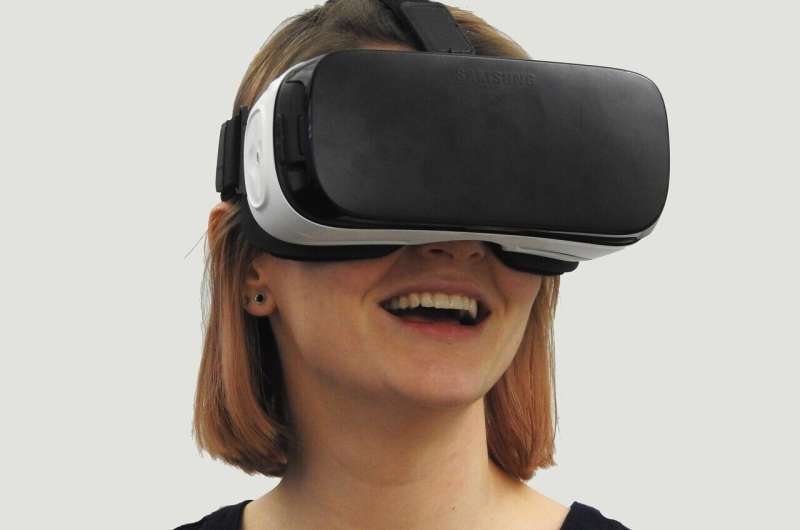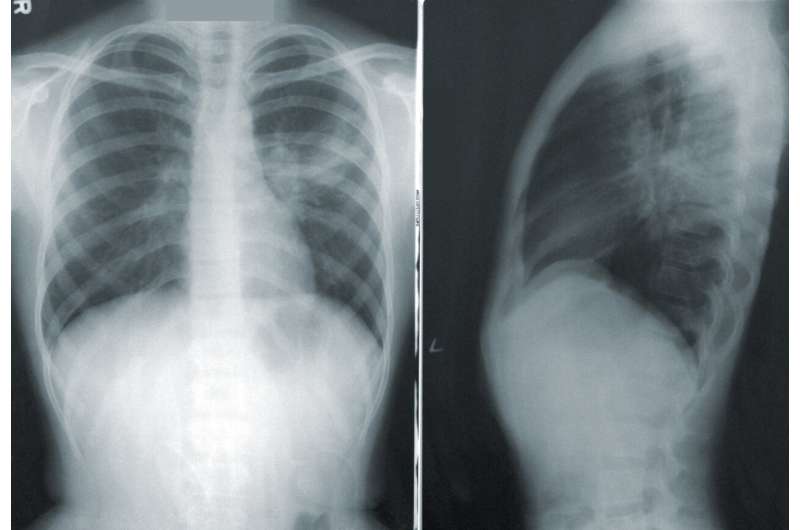Innovative AI Model Identifies Genes and Drug Combinations to Reverse Disease in Cells

Harvard Medical School introduces PDGrapher, an AI tool that identifies key genes and drug combinations to reverse disease states in cells, accelerating drug discovery and personalized treatment development.
Researchers at Harvard Medical School have developed a groundbreaking artificial intelligence (AI) model named PDGrapher that can precisely identify genetic targets and drug combinations capable of restoring health in diseased cells. Unlike traditional drug discovery methods that focus on testing one protein or drug at a time, PDGrapher assesses multiple disease drivers simultaneously, pinpointing the most promising gene targets for reversing disease states.
This innovative approach allows for the discovery of effective treatments tailored to complex diseases, especially those driven by multiple signaling pathways, such as various cancers. By analyzing gene expression data and simulating the effects of targeting specific genes, PDGrapher predicts how diseased cells will respond to different therapeutic interventions, significantly accelerating the drug discovery process.
PDGrapher operates as a graph neural network, mapping the intricate relationships between genes, proteins, and signaling pathways within cells. It identifies key cellular components that contribute to disease and simulates the impact of turning these components on or off. Through extensive testing on multiple datasets across different cancer types, the AI has demonstrated high accuracy in predicting known effective targets and uncovering new promising candidates supported by emerging evidence.
This tool not only enhances the speed and efficiency of identifying potential treatments but also supports personalized medicine by analyzing individual cellular profiles to suggest tailored therapeutic combinations. The researchers are actively exploring its application in neurodegenerative diseases like Parkinson’s and Alzheimer’s, as well as in rare disorders such as X-linked Dystonia-Parkinsonism.
By offering a comprehensive molecular map of disease mechanisms, PDGrapher paves the way for novel therapies and deeper biological insights, potentially transforming how complex diseases are understood and treated in the future.
Source: https://medicalxpress.com/news/2025-09-ai-tool-genes-drug-combos.html
Stay Updated with Mia's Feed
Get the latest health & wellness insights delivered straight to your inbox.
Related Articles
Understanding Why Some Medical Cannabis Patients Use Illicit Products
A recent study explores the reasons behind why some medical cannabis patients in Utah turn to illegal products, highlighting cost barriers, information gaps, and health risks associated with unregulated cannabis use.
Privacy Risks of Menstrual Tracking Apps Highlight Need for Better Data Protection
Menstrual tracking apps collect sensitive personal data, presenting significant privacy and safety risks. Experts call for better regulation and public health alternatives to protect users and ensure data is used ethically.
Social Interaction in Virtual Reality Enhances Pain Tolerance
New research from Cornell University shows that social interactions within virtual reality can significantly increase pain tolerance, highlighting potential applications in pain management therapies.
Research Reveals Communication Gaps and Emphasizes Shared Decision-Making in Lung Cancer Diagnosis
A recent study reveals significant communication gaps in lung cancer care across Europe, emphasizing the need for improved patient-provider dialogue and shared decision-making to enhance outcomes.



